To check your car’s cooling system for summer, inspect the coolant level and examine hoses for leaks. Ensure the radiator fan functions properly.
Summer heat can put extra stress on your car’s cooling system. A well-maintained cooling system prevents overheating and ensures smooth performance. Start by inspecting the coolant level. Low coolant can lead to engine overheating. Check hoses for any signs of wear or leaks.
Cracked or damaged hoses can cause coolant leaks and engine trouble. The radiator fan should work efficiently to keep the engine cool. Regular maintenance of the cooling system extends the life of your vehicle. By taking these steps, you can ensure your car runs smoothly throughout the hot summer months.

Credit: www.aamcoblog.com
Preparing Your Car For Summer
Summer heat can strain your car’s cooling system. Preparing your car for summer ensures it runs smoothly. Check your cooling system to avoid overheating. Below are steps and tips to help you.
Essential Tools
Before starting, gather the following tools:
- Gloves – Protect your hands.
- Screwdrivers – For removing clamps.
- Coolant tester – Check coolant quality.
- Radiator flush kit – Clean the system.
- Funnel – For adding coolant.
Safety Precautions
Always prioritize safety. Follow these precautions:
- Ensure the engine is cool before starting.
- Wear gloves to protect your hands.
- Use eye protection to prevent splashes.
- Work in a well-ventilated area.
- Dispose of old coolant properly.

Credit: www.obrienteamkia.com
Understanding The Cooling System
Your car’s cooling system is crucial for keeping the engine cool. It prevents the engine from overheating. This is especially important during the hot summer months.
Key Components
The cooling system has several key components. Each plays an important role. Here are the main parts:
- Radiator: Cools the coolant by airflow.
- Thermostat: Controls coolant flow to the engine.
- Water Pump: Circulates coolant through the system.
- Coolant: The liquid that absorbs engine heat.
- Hoses: Transfers coolant between parts.
- Cooling Fan: Helps cool the radiator.
How It Works
The cooling system works simply. Here is a step-by-step process:
- The engine generates heat while running.
- The water pump pushes coolant into the engine.
- The coolant absorbs the heat from the engine.
- Heated coolant flows to the radiator.
- The radiator cools the coolant with airflow.
- The cooling fan helps to cool the radiator.
- Coolant returns to the engine.
- The thermostat controls the coolant flow.
| Component | Function |
|---|---|
| Radiator | Cools the coolant by airflow |
| Thermostat | Controls coolant flow to the engine |
| Water Pump | Circulates coolant through the system |
| Coolant | Absorbs engine heat |
| Hoses | Transfers coolant between parts |
| Cooling Fan | Helps cool the radiator |
Inspecting The Radiator
The radiator is a key part of your car’s cooling system. A well-maintained radiator keeps your engine cool. Summer heat can be tough on your vehicle. Inspecting the radiator ensures your car runs smoothly.
Checking For Leaks
Leaks are common in radiators. To check for leaks, look for wet spots. Use a flashlight to see better. Examine the hoses for cracks or splits. Check the radiator cap for damage. A damaged cap can cause leaks. Ensure all clamps are tight.
Cleaning The Fins
Dirty fins reduce radiator efficiency. Clean the fins to improve cooling. Use a soft brush to remove debris. Avoid using a high-pressure hose. High pressure can bend the fins. Gently rinse the fins with water. Ensure the fins are straight and clear.
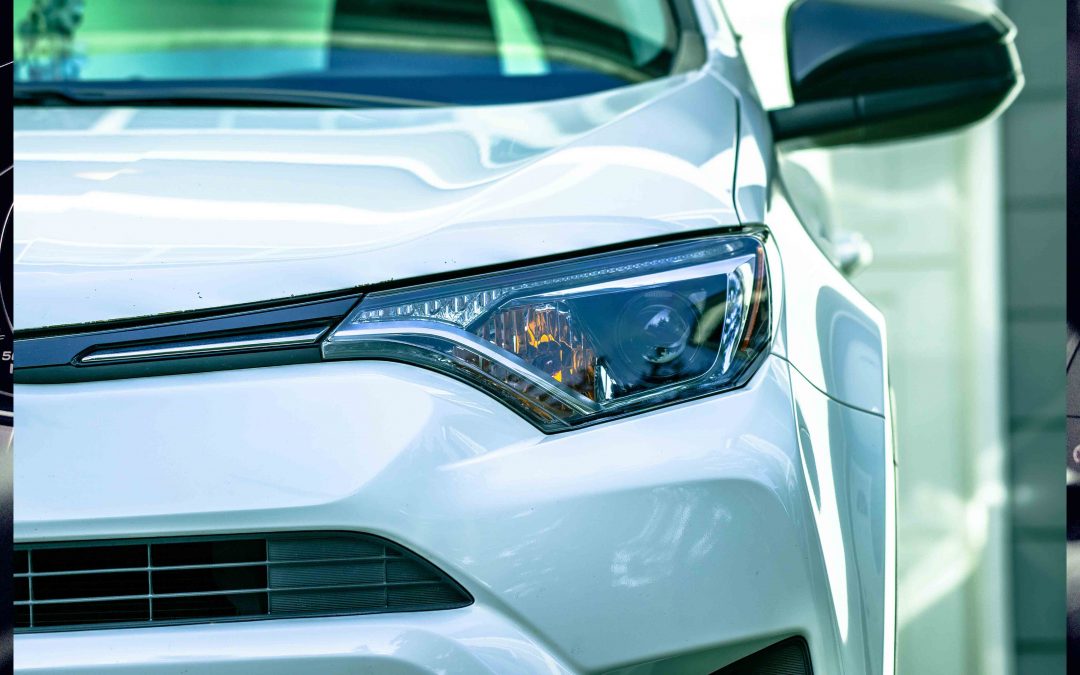
Credit: harrisautomotiverepair.com
Examining The Coolant
Checking your car’s cooling system is important for summer. Examining the coolant is a crucial step. It ensures your engine stays cool in hot weather.
Coolant Levels
Start by checking the coolant levels. Open the hood and locate the coolant reservoir. It is usually a clear plastic tank near the radiator. Look for the fill lines marked “Min” and “Max”.
- You need to add more if the coolant is below the “Min” line.
- You may need to remove some if the coolant is above the “Max” line.
Be sure to check the levels when the engine is cool. Hot coolant can cause burns.
Coolant Quality
Next, assess the quality of the coolant. Good coolant is typically bright green, orange, or yellow. It should be free from debris and particles.
- If the coolant is muddy or rusty, it needs replacing.
- If it has particles floating in it, flush the system.
Use a coolant tester to check the coolant’s freezing and boiling points. This ensures it performs well in extreme temperatures.
| Coolant Color | Condition | Action |
|---|---|---|
| Bright green, orange, or yellow | Good | No action needed |
| Muddy or rusty | Bad | Replace coolant |
| Contains particles | Bad | Flush system |
Keeping your coolant in top condition helps your car run smoothly. Regular checks are key to avoiding overheating.
Assessing The Thermostat
The thermostat controls your car’s engine temperature. It ensures the engine runs efficiently. As summer approaches, checking the thermostat is crucial. A faulty thermostat can lead to overheating. Learn how to assess and replace it.
Testing Functionality
First, locate the thermostat. It is usually near the top radiator hose. You might need a wrench to remove the thermostat housing. Once exposed, inspect the thermostat visually. Look for rust, corrosion, or any damage.
To test its functionality, boil water in a pot. Place the thermostat in the boiling water. The thermostat should open at the correct temperature. If it does not open, it is faulty and needs replacement.
Replacing The Thermostat
If the thermostat is faulty, replacement is necessary. Start by draining the coolant. This prevents spills and makes the job easier. Use a wrench to remove the bolts holding the thermostat housing. Take out the old thermostat and clean the housing area.
Install the new thermostat in the same position. Ensure the spring side faces the engine. Reattach the thermostat housing and tighten the bolts. Refill the coolant and check for leaks.
Here is a quick checklist for thermostat replacement:
- Drain the coolant
- Remove thermostat housing
- Take out the old thermostat
- Clean housing area
- Install new thermostat
- Reattach housing and tighten bolts
- Refill coolant
- Check for leaks
Following these steps ensures your car’s cooling system works well in the summer. Proper maintenance prevents overheating and keeps your engine healthy.
Checking The Water Pump
Ensuring your car’s cooling system is ready for summer is crucial. The water pump plays a key role. It keeps the engine cool by circulating coolant. Here’s how you can check the water pump.
Signs Of Wear
Check for leaks. A leaking water pump needs immediate attention. Inspect the area around the pump. Look for any coolant residue. This could be a sign of a leak.
Listen for unusual noises. A whining or grinding sound means the pump may be failing. Also, check the temperature gauge. If the engine runs hotter than usual, the water pump might be the issue.
Maintaining Efficiency
Regular checks can help keep the water pump efficient. Ensure the coolant level is always adequate. Low coolant levels stress the water pump.
- Inspect the drive belt. A worn or loose belt affects the pump’s performance.
- Check the pump pulley. It should rotate smoothly without wobbling.
Consider replacing the water pump as part of routine maintenance. This helps avoid unexpected failures. A properly working water pump ensures your car stays cool during hot summer days.
Inspecting Hoses And Belts
Ensuring your car’s cooling system works well in summer is crucial. The hoses and belts are key components. They must be in good condition to avoid overheating. Let’s dive into the steps for inspecting hoses and belts.
Checking For Cracks
First, look for cracks in the hoses. Cracks can lead to leaks. Leaks reduce the cooling system’s efficiency.
- Inspect each hose carefully.
- Look for tiny splits or larger cracks.
- Pay attention to areas near the clamps.
Check the belts for cracks too. Cracked belts can break and cause engine damage.
- Examine the belt’s surface.
- Look for frayed edges or missing chunks.
- Replace any belt with visible damage.
Ensuring Proper Tension
Hose and belt tension are very important. Loose hoses or belts can lead to malfunction. Ensure they have the correct tension.
- Press on the middle of each belt.
- It should move about half an inch.
- If it moves more, it is too loose.
- Use a tension gauge for precise measurement.
For hoses, check the connections. They should be tight but not overly so. Loose connections can cause leaks. Tighten any loose clamps.
| Component | Signs of Wear | Action |
|---|---|---|
| Hoses | Cracks, splits, leaks | Replace if damaged |
| Belts | Cracks, frayed edges | Replace if damaged |
| Tension | Loose or overly tight | Adjust to proper tension |
Regular checks of hoses and belts keep your car cool. This ensures a smooth and safe summer drive.
Monitoring Engine Temperature
Keeping an eye on your car’s engine temperature is vital, especially in summer. A hot engine can cause severe damage. Monitoring the temperature helps prevent costly repairs.
Using A Gauge
Most cars have a temperature gauge on the dashboard. This gauge shows if the engine is too hot. Learn to read this gauge correctly.
The needle usually stays in the middle. If it moves towards hot, there might be a problem. Always check the gauge before and during driving.
What To Look For
Watch for the needle moving to the hot zone. This signals overheating. A flashing warning light also indicates a problem.
- Needle in the middle: Normal temperature
- Needle near hot: Possible overheating
- Flashing light: Immediate attention needed
If you spot these signs, stop the car safely. Let the engine cool down. Check for leaks or low coolant.
| Indicator | Meaning |
|---|---|
| Needle in middle | Normal |
| Needle near hot | Possible overheating |
| Flashing light | Immediate attention needed |
Regular monitoring keeps your engine safe. This helps avoid expensive repairs. Stay aware and keep your car in top shape.
Professional Maintenance Tips
Proper car maintenance is crucial during the summer. The cooling system keeps your engine from overheating. Below are some professional maintenance tips to keep your cooling system in top shape.
When To See A Mechanic
Not all issues can be fixed at home. Here are signs you need a mechanic:
- Overheating: If your car overheats often, see a mechanic.
- Coolant Leaks: Puddles under your car may mean a leak.
- Unusual Noises: Strange sounds from the engine can be a sign.
- Warning Lights: Dashboard lights indicate a problem.
Preventative Measures
Taking care of your cooling system can prevent future issues. Here are some steps:
- Check Coolant Levels: Ensure the coolant is always at the right level.
- Inspect Hoses and Belts: Look for cracks or signs of wear.
- Clean Radiator Fins: Keep the radiator clean to ensure proper airflow.
- Test the Thermostat: Make sure it’s working correctly.
- Flush the System: Flush the cooling system every two years.
Here is a table summarizing the key points:
| Action | Frequency |
|---|---|
| Check Coolant Levels | Monthly |
| Inspect Hoses and Belts | Every 6 months |
| Clean Radiator Fins | Annually |
| Test the Thermostat | Annually |
| Flush the System | Every 2 years |
Following these tips can keep your car running smoothly in the summer.
Frequently Asked Questions
How Often Should I Check My Car’s Cooling System?
Check your car’s cooling system every six months or before long trips for optimal performance.
What Are Signs Of A Failing Cooling System?
Overheating, coolant leaks, and steam from the engine are signs of a failing cooling system.
How Do I Inspect The Radiator?
Look for coolant leaks, rust, and debris. Ensure the radiator cap is tightly sealed.
Can I Check The Coolant Level Myself?
Yes, you can check the coolant level by locating the coolant reservoir and ensuring it’s between the minimum and maximum marks.
What Type Of Coolant Should I Use?
Refer to your car’s manual for the recommended coolant type. Using the correct type is crucial for performance.
Why Is My Car Overheating?
Possible reasons include low coolant, a faulty thermostat, or a blocked radiator. Check these components for issues.
Conclusion
Regular maintenance of your car’s cooling system ensures a smooth summer drive. Check fluid levels, inspect hoses, and test the radiator. Address issues promptly to avoid overheating. A well-maintained cooling system keeps your engine running efficiently. Stay proactive and enjoy worry-free travels this summer.
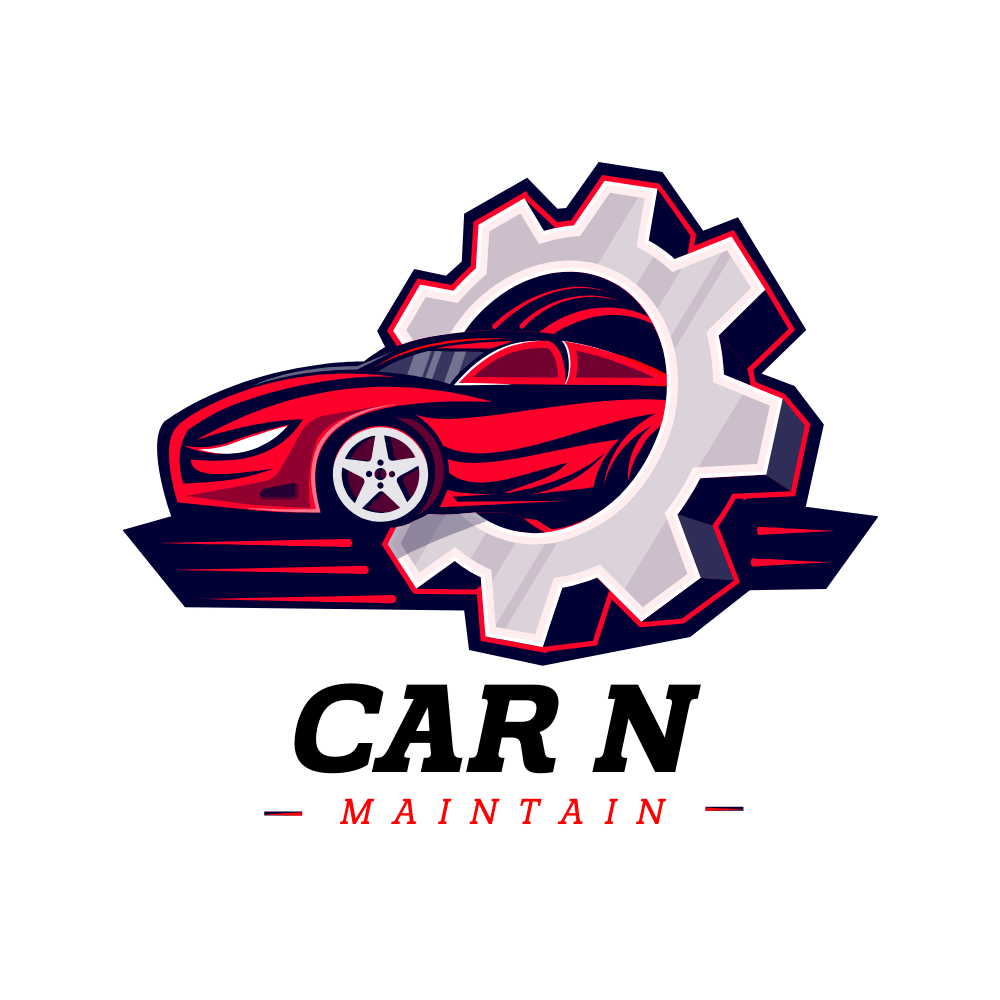
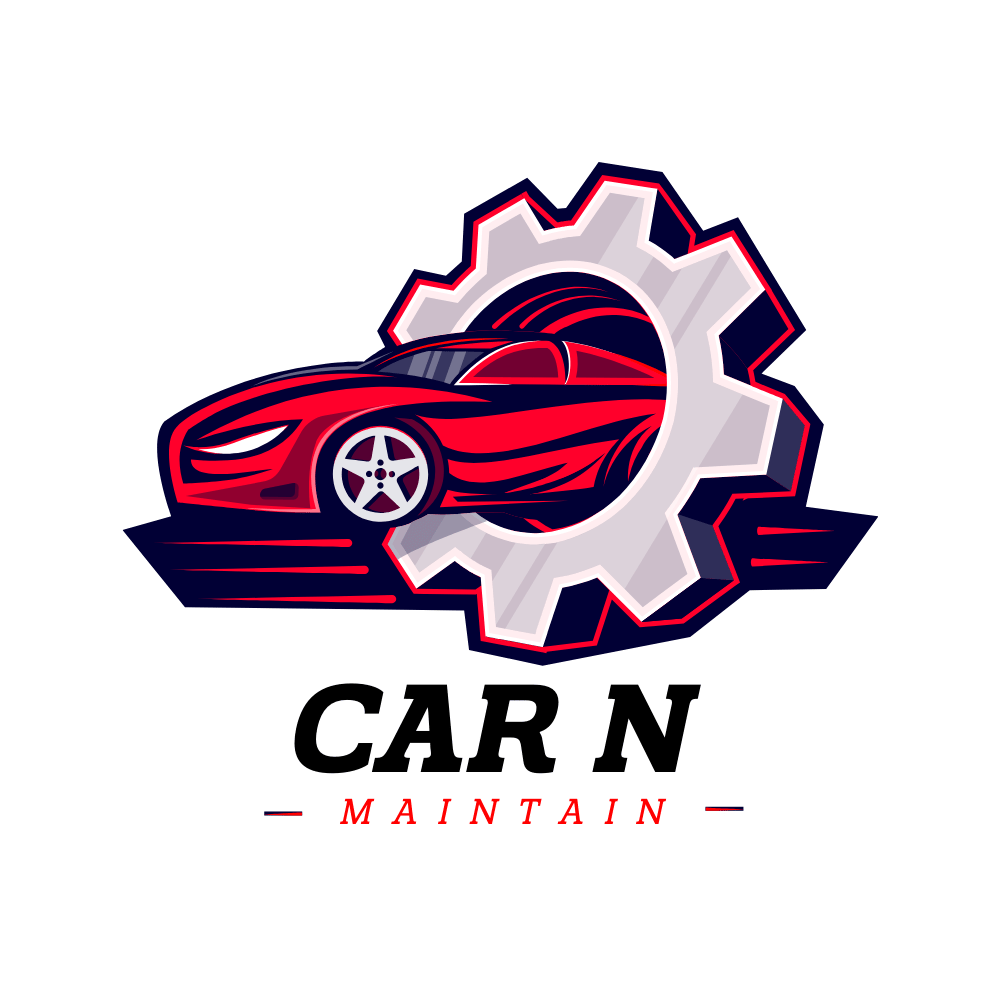

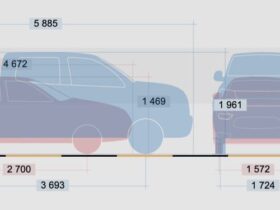

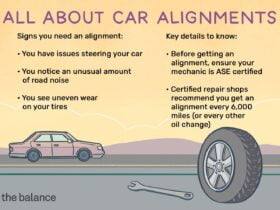

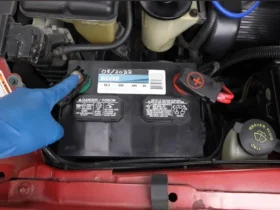
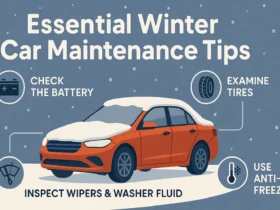


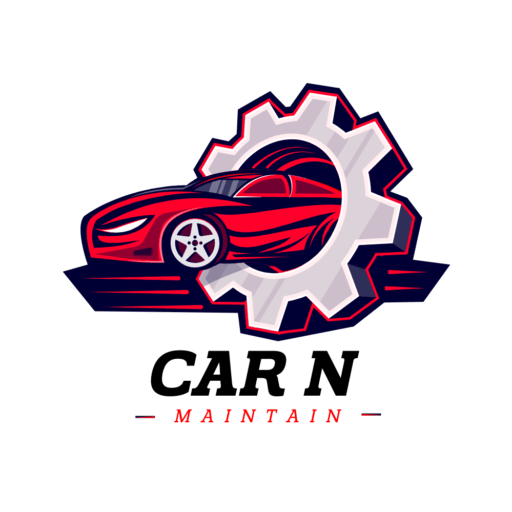
Leave a Reply